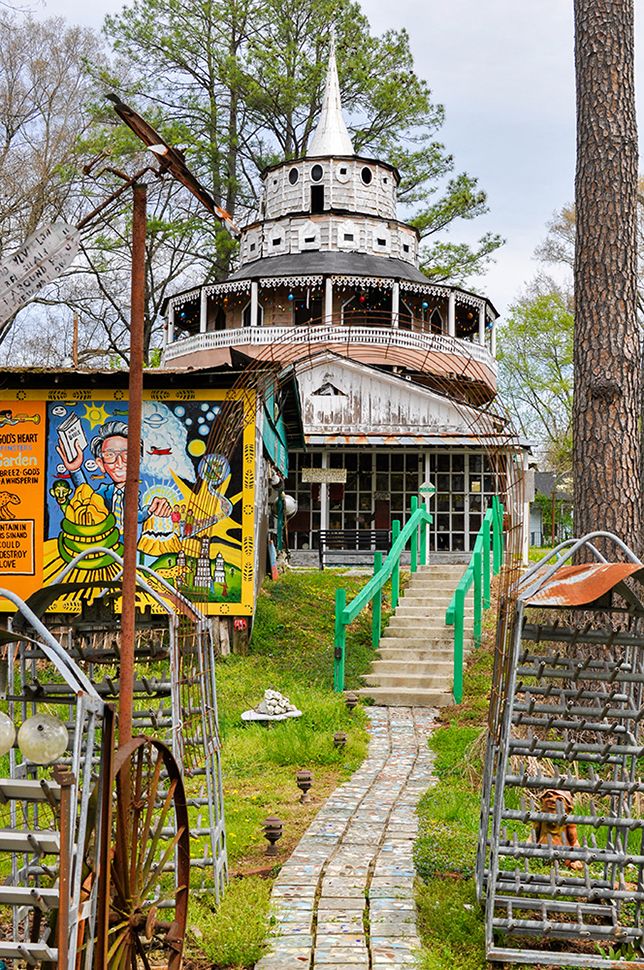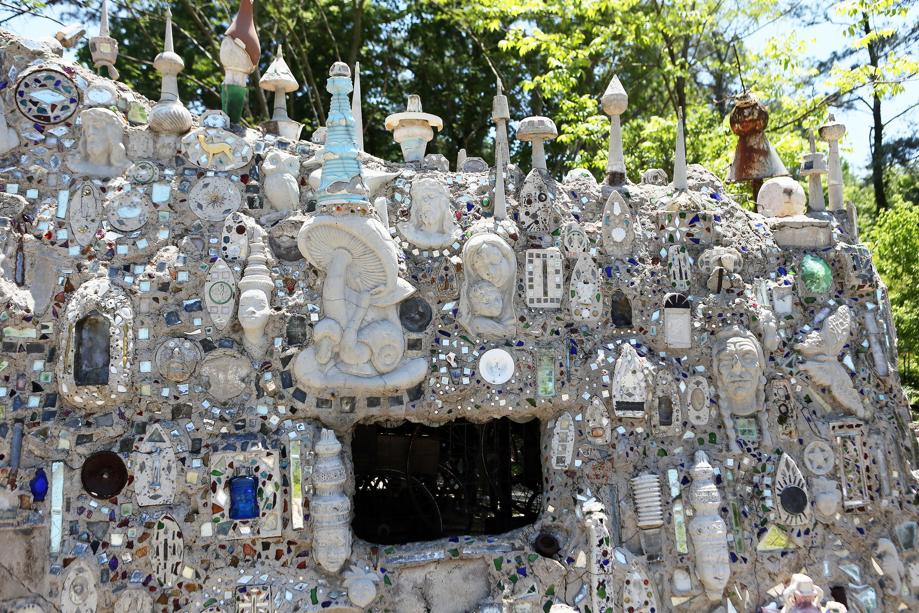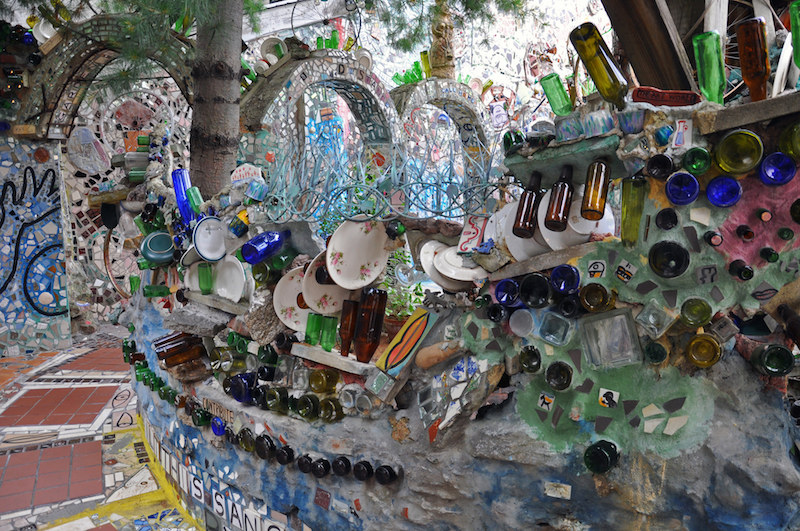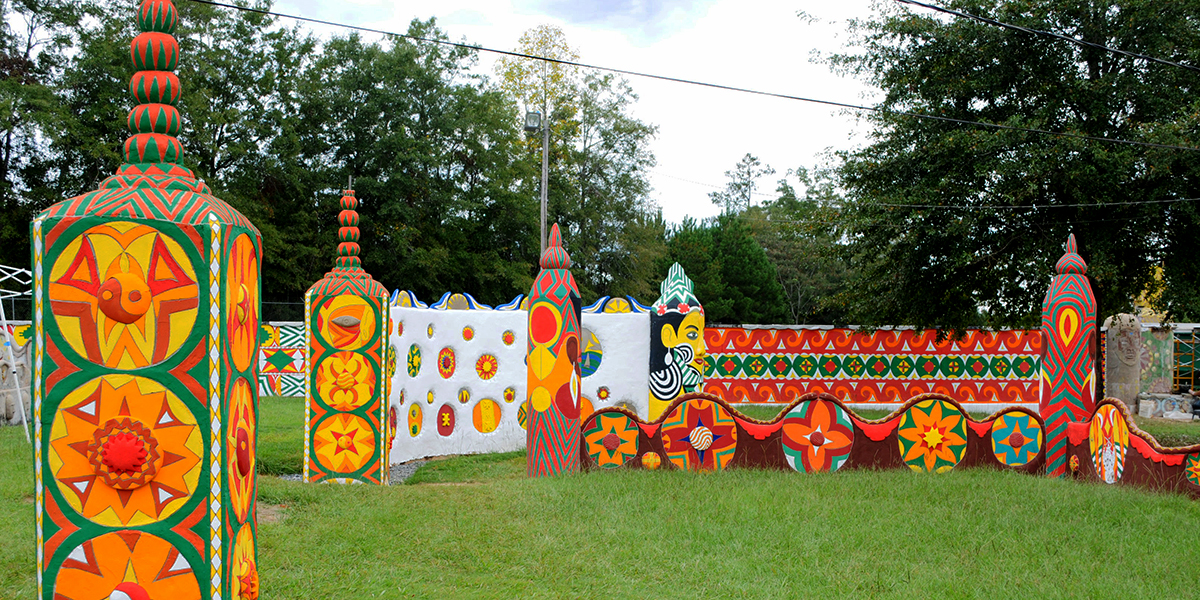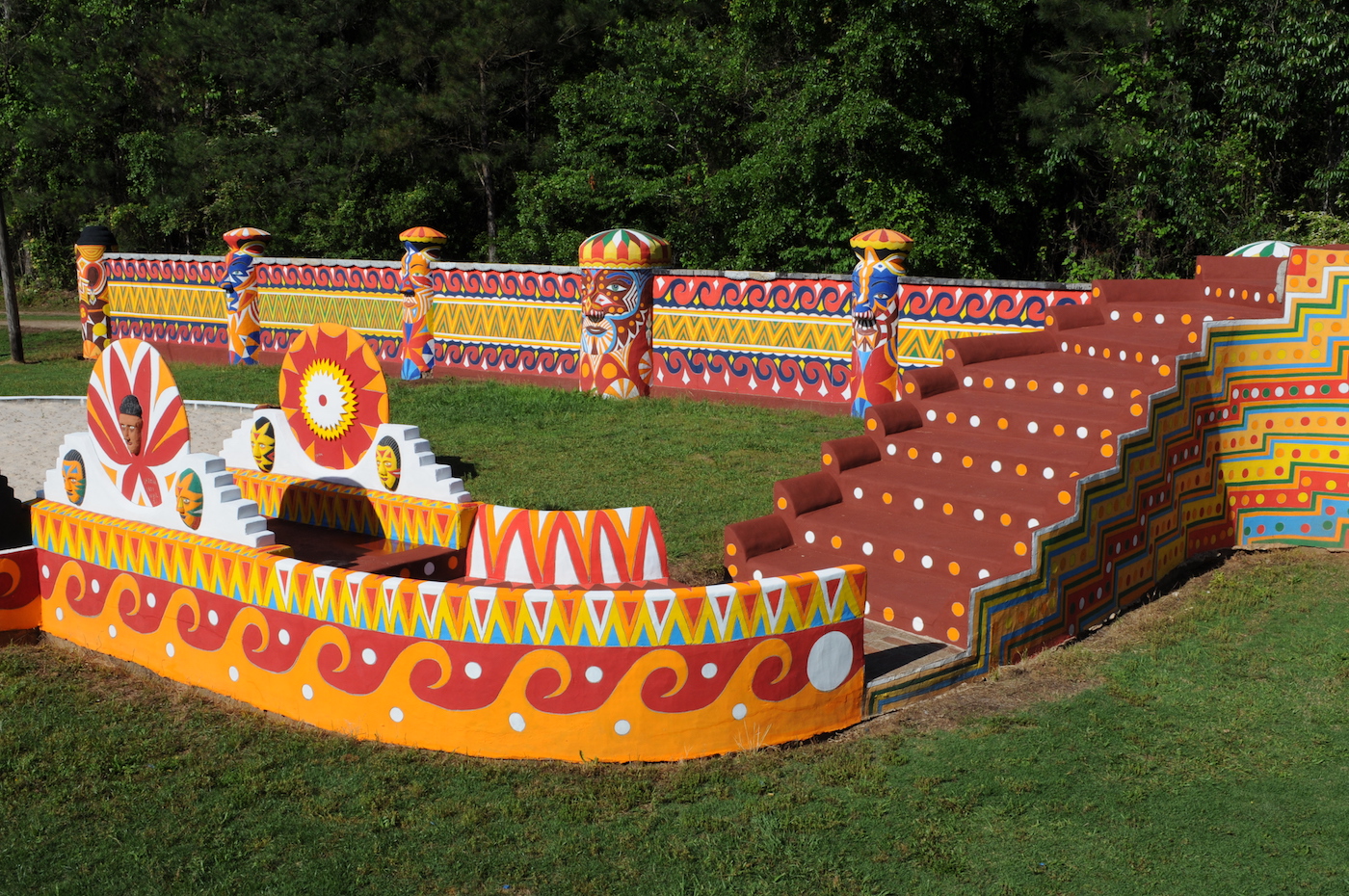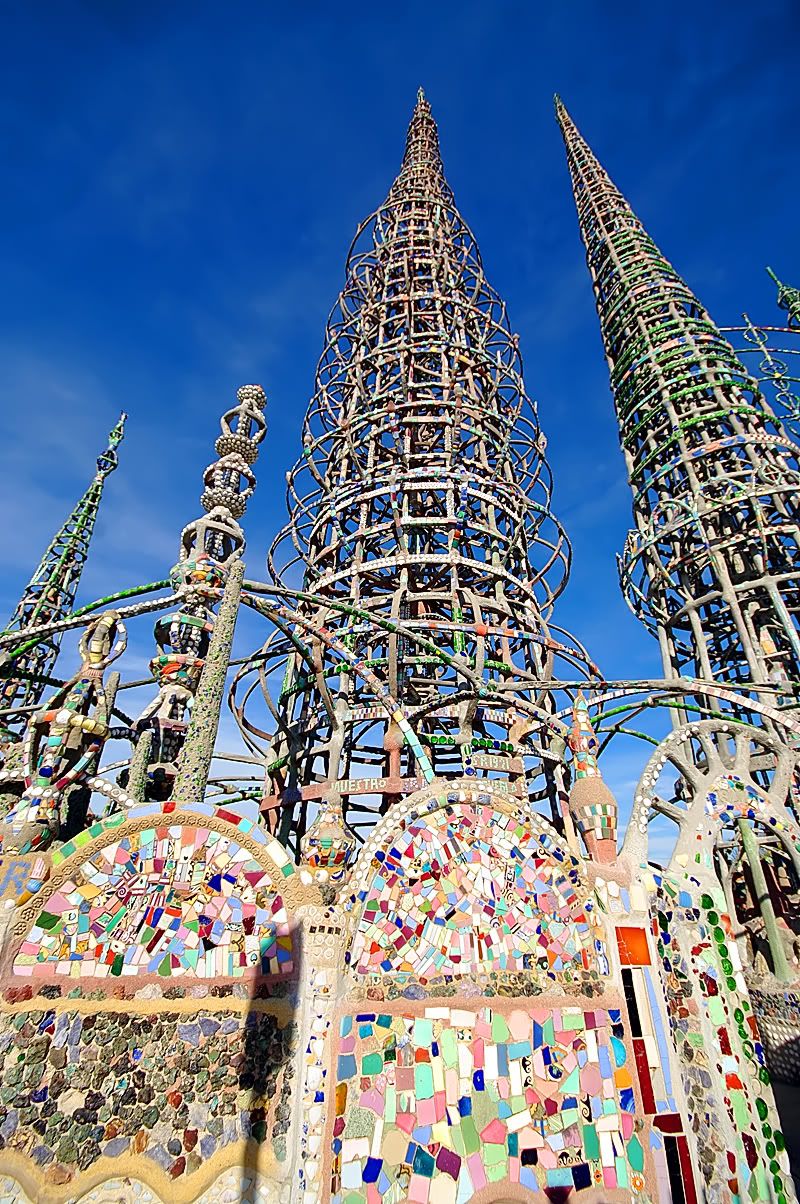Lessons from the Folk: Ferdinand Cheval
/“I was not a builder, I had never handled a mason’s trowel, I was not a sculptor. The chisel was unknown to me; not to mention architecture, a field of which I remained totally ignorant… Everything you can see, passer-by, is the work of one peasant, who, out of a dream, created the queen of the world…”
These are the words of Ferdinand Cheval, a postman in 19th-c. France, in the tiny village of Hauterives. One day as he was delivering the mail he kicked a stone and was taken by its unusual shape. He put it in his pocket to take home; when he looked at it later, he was inspired by its intriguing shape to start building…
…his Palais Idéal.
The scale is hard to discern here, so have another look:
That is Mssr. Cheval in the center. Here he is at work:
His Palais Idéal took him 33 years to build, pebble by pebble. He wanted to be buried there but the authorities said no, so at age 80 he built…
…his own tomb.
For more photos of this extraordinary place, check out Atlas Obscura and the Palais’ own website.
As you can imagine, his folly was not at first accepted by his town, but it didn’t take long for the puzzlement to turn to admiration. Today it’s a major tourist attraction.
What possesses people to do this? Cheval is not unique: there are the famous Watts Towers in California (artist Sam Rodia), and here in Georgia we have two such installations, St. EOM’s Pasaquan in the southwest and Howard Finster’s Paradise Garden in the northwest.
(Interesting connections: an old friend of mine, a fellow teacher at GHP, assisted in the restoration of Pasaquan; and my first grade teacher, Miss Betty Jim Owings, grew up knowing Howard Finster. “Crazy as a Betsy-bug” was her assessment of one of the U.S.’s greatest outsider artists.)
How does this happen? How do people suddenly decide that they are going to build this thing that takes them the rest of their lives?
The answer is of course that they do so because it’s the human thing to do. All humans are creative. We sing, we dance, we pretend, we draw — we all do. Some of us stop doing it after childhood because we’re timid beasts who are afraid we’re not good enough, but those people are wrong.
So what are the lessons we learn from Ferdinand Cheval?
Just do it. You don’t have be trained to be an artist. (Go back and read Cheval’s statement.)
Let it grow. None of these projects started with a blueprint. The artists just started and then GESTALTed their way forward.
Notice how elaborate all these projects are! As I’ve said elsewhere, “given sufficient materials and time, humans prefer the ornate, the baroque, the over-the-top.”
It’s OK not to be prolific. Cheval created his two amazing buildings; Picasso created close to 150,000 works in his life. Both are valid.
In the Palais, Pasaquan, Watts, and Paradise Garden, look for the motifs — what patterns, shapes, themes was the artist drawn to? What did he keep coming back to?
In parting, have some images:






